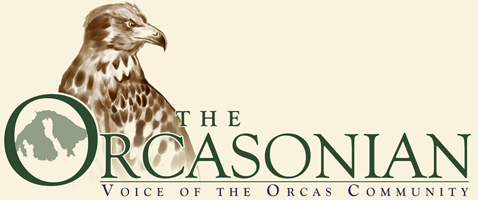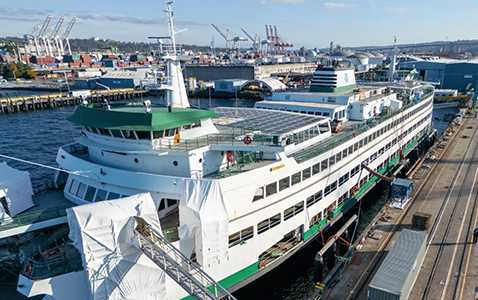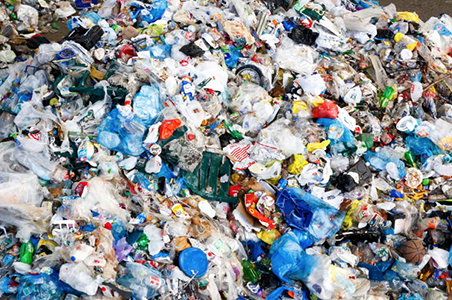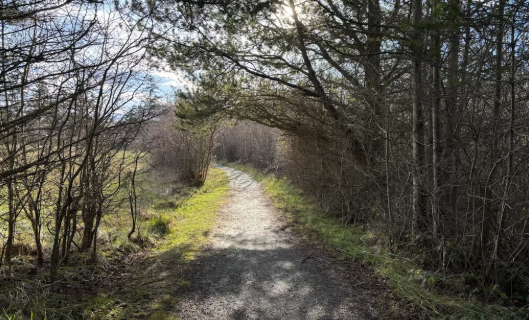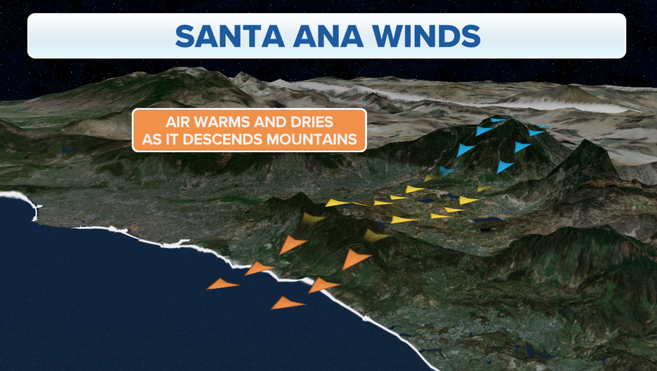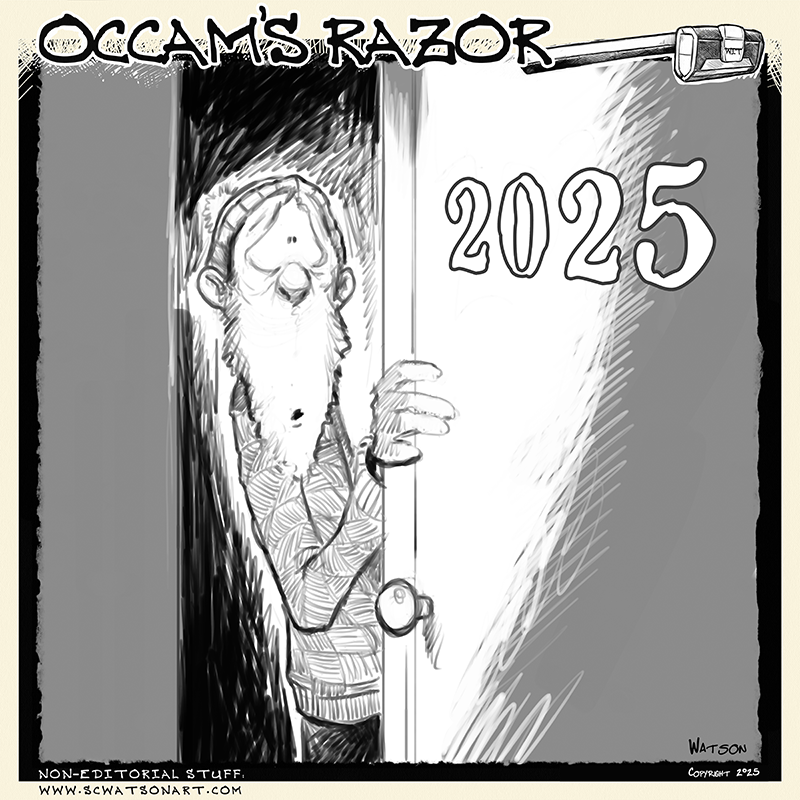Orcas Power & Light Cooperative received its 2008 fuel mix report from Washington State Community Trade and Economic Development. The fuel mix shows some changes from the previous year—a little more wind, a little less hydro—and represents a product that is 95% greenhouse gas free. The fuel mix is the list of all sources that Bonneville Power Administration (BPA) uses in the process of generating the electricity that OPALCO members purchase and use.
The 2008 fuel mix included: 81.87% hydroelectric, 11.71% nuclear, 3.55% coal, 1.18% wind, 1.46% natural gas, 0.11% biomass, 0.07% waste, and 0.04% petroleum. The following renewable, non-greenhouse gas emitting sources increased in 2008: wind (up 0.73%) and biomass (up 0.02%). Hydroelectricity, our region’s most abundant clean source of energy, went down by 3.42% due to a lower water year and the ramping up of wind as a more available renewable source. Of the non-renewable sources, coal went up 1%, natural gas went up 0.41%, nuclear went up 1.26% (due to the fact that the generating plant took a two-month outage in 2007) and petroleum increased by 0.01%.
“As the other renewable sources, such as wind, become more available,” said Stuart Clarke, Power Sales Account Executive for BPA, “we’ll see the hydro percentage fluctuate. All of the other sources will fluctuate from year to year with hydro, the backbone of the Federal Columbia River Power System upon which the entire region relies, as the constant.” For more information, go to www.opalco.com and www.bpa.gov.
OPALCO is a non-profit, member-owned cooperative electrical utility serving more than 11,000 members on 20 islands in San Juan County. OPALCO was founded in 1937 to bring electricity to rural islanders.
**If you are reading theOrcasonian for free, thank your fellow islanders. If you would like to support theOrcasonian CLICK HERE to set your modestly-priced, voluntary subscription. Otherwise, no worries; we’re happy to share with you.**
